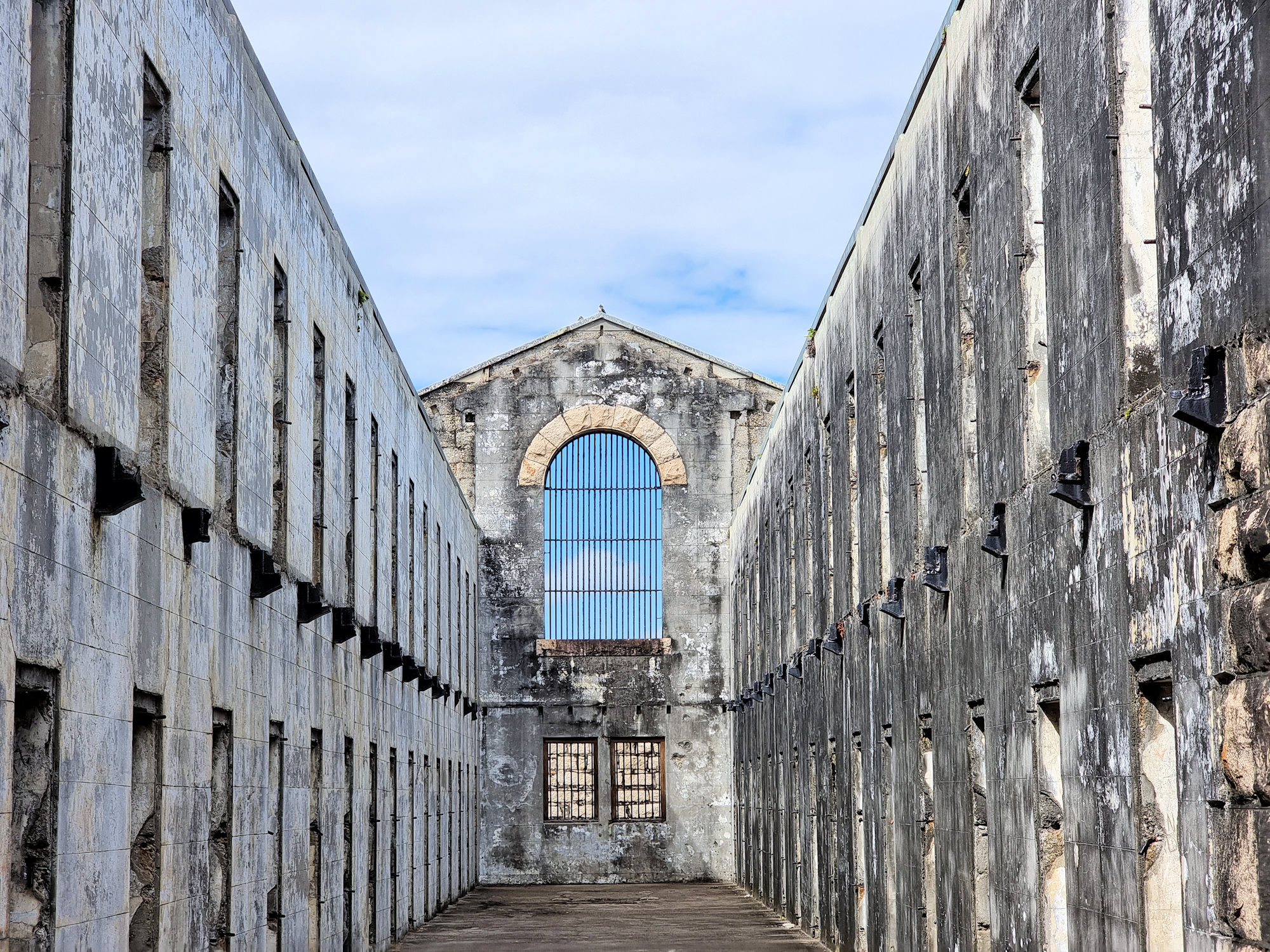Category: History
-
Mid-North Coast Maritime Museum

Mid-North Coast Maritime Museum Preserving Port Macquarie’s maritime history, the Mid-North Coast Maritime Museum occupies two old Pilot Cottages dating from the 1890s. Originally used to house the pilot and the boatmen who assisted him but now repurposed into a museum. Getting There Located in Port Macquarie on the NSW mid-north coast at 6 William… Read more
-
Trial Bay Gaol

Trial Bay Gaol Now a heritage listed ruin, Trial Bay Gaol originally served as housing for a prisoner labour force to build a nearby breakwater. The breakwater was intended to provide a safe harbour for ships sailing up the eastern Australian coast. Construction of the gaol commenced in 1877, with work on the breakwater following… Read more
